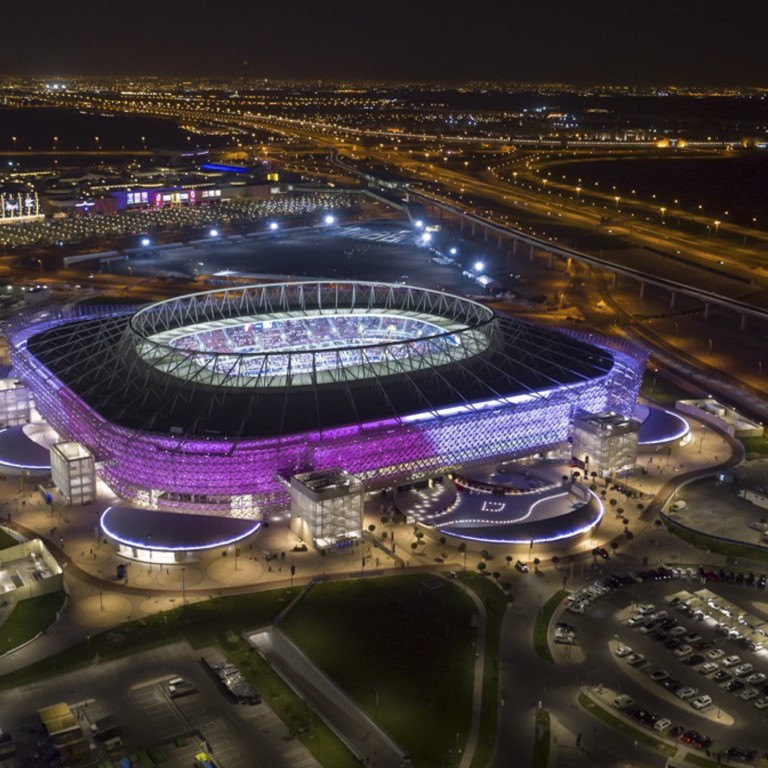
Update | World Cup Qatar 2022: from finding alcoholic drinks (but not in stadiums) to getting a room and transport, all you need to know
- Workers’ and LGBTQ rights aside, the Qatar World Cup was always going to be different: here are some of the things visitors can expect
- Accommodation in Qatar is hard to find, but transport looks good, and alcoholic drinks will be served in places – although not in stadiums, an 11th-hour U-turn
It is, without doubt, the most controversial football World Cup of all time. Even Sepp Blatter, former president of Fifa, the body that awarded the competition to Qatar, has admitted it was a mistake to hand it to such a tiny nation without a footballing pedigree.
On the other hand, many in the Middle East are thrilled that the football juggernaut has arrived in the region – and in a Muslim nation – for the first time, with some who spoke to the Post about Qatar’s hosting of the tournament suggesting that attempts to undermine it are based in part on racism.
As well as being the first World Cup held in the northern winter, there are other unusual aspects to the competition itself.
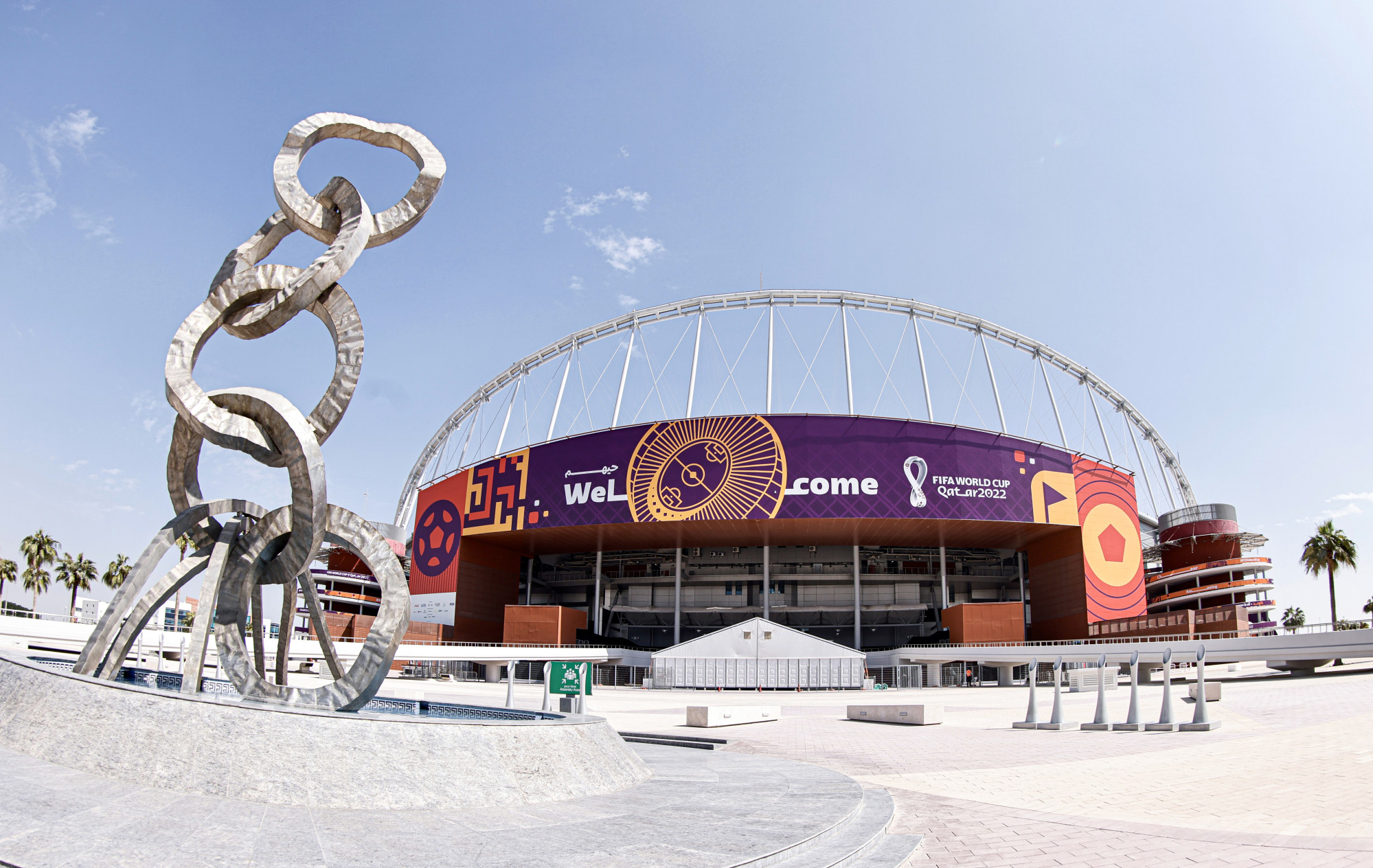
Ticketless fans won’t be allowed to enter Qatar between kick-off on November 20 and the end of the group stages, on December 2. There won’t be the opportunity at this tournament to turn up during the early stages of the competition with a tent and try your luck with ticket touts.
All World Cup 2022 visitors need to apply for a Hayya Card, which must be shown, along with photo ID and ticket, to get into matches, and which also allows visitors to book accommodation – at least in theory.
Dubai gets ready to cash in on the 2022 World Cup in nearby Qatar
Finding rooms has been one of the biggest challenges facing fans. Social media stories abound of their scarcity and high prices. Grim-looking “cabins” in fan villages on the outskirts of the Qatari capital, Doha, cost US$200 a night, while two cruise ships – the MSC Poesia and the MSC World Europa – have been converted into floating hotels. At the time of writing, there are plenty of cabins still available.
Five-star options include Doha’s Mandarin Oriental and Four Seasons hotels, but a quick look online for rates on any dates during the tournament results in the response: “There are no rooms available for the dates you have requested.”
What can committed fans who have been able to secure accommodation and the correct paperwork expect?
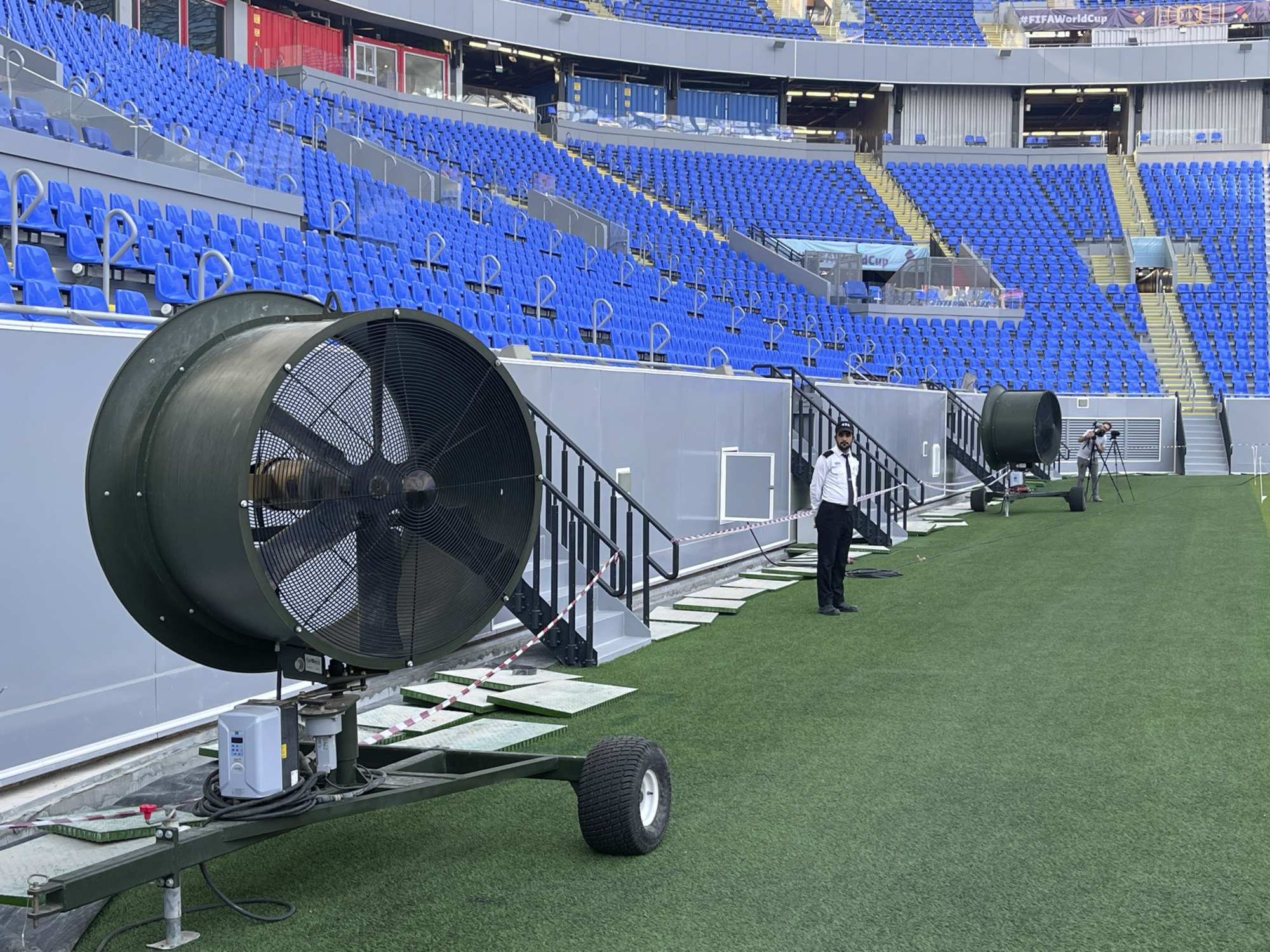
First, the weather. Debate has raged about breaking up the traditional northern hemisphere football seasons to accommodate the tournament in November and December. But doing so means, somewhat counter-intuitively, that Qatar 2022 is set to be one of the coolest World Cups, with temperatures ranging from 16 to 24 degrees Celsius (60 to 75 degrees Fahrenheit).
Nevertheless, no chances are being taken inside the stadiums, with “outdoor cooling technologies” installed to purify and cool the air for fans and players in the eight venues.
“Cooled air comes in through grilles in the stands and large nozzles on the pitch,” says Dr Saud Abdulaziz Abdul Ghani, the engineering professor leading the project. “Using the air circulation technique, cooled air is then drawn back, re-cooled, filtered and pushed out.”
Travelling across Doha should, in theory, also be a breeze. Every Hayya Card holder is entitled to six weeks of free public transport, which includes two tram networks and three brand new metro lines that criss-cross the city and link the stadiums, all of which are within 35 miles (56km) of central Doha.
On the metro, gleaming trains have a family section and women-only carriages, as well as the Gold Club, complete with seats finished in red leather and headrests, which wouldn’t look out of place in an airline’s business class section.
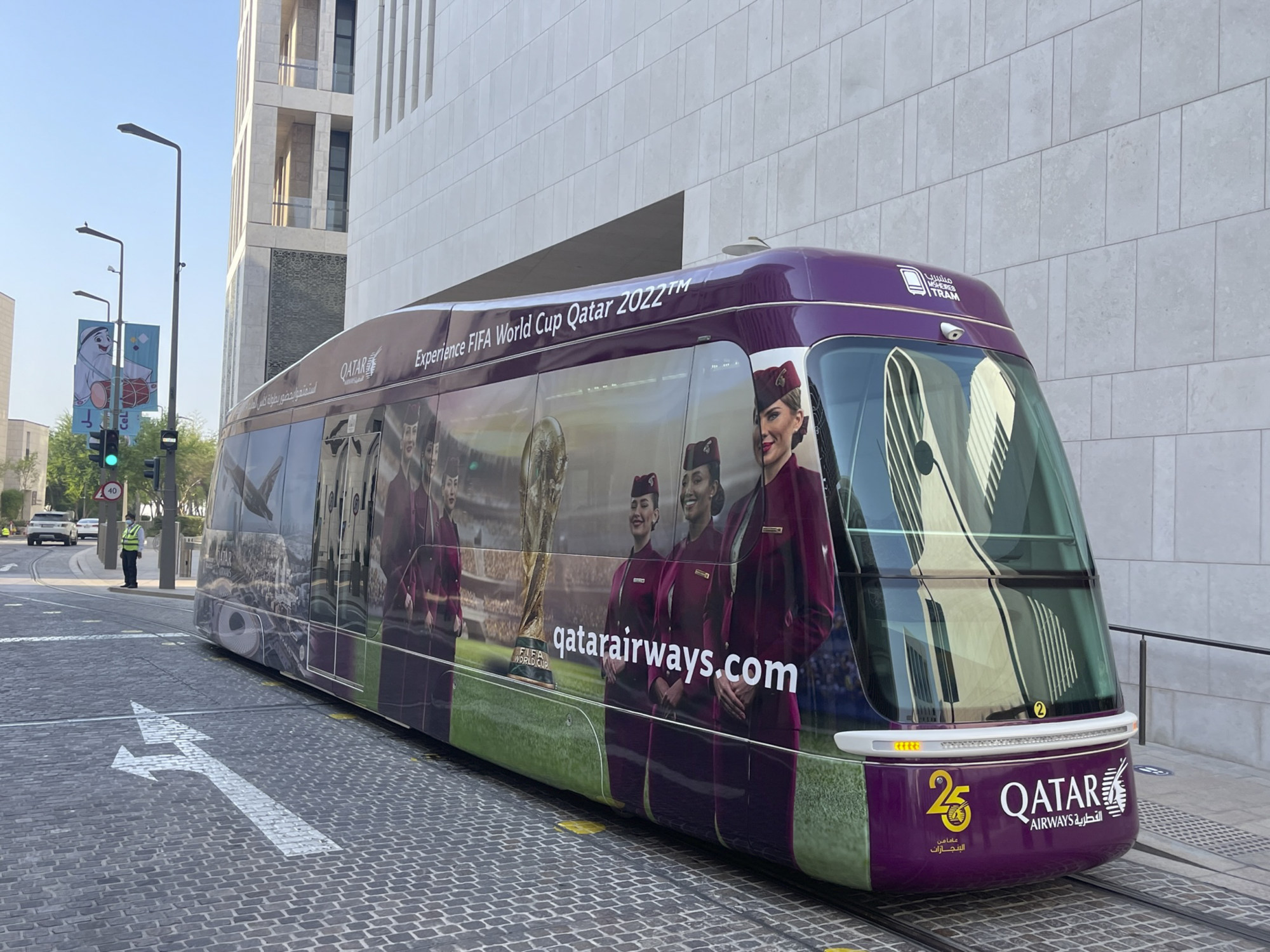
During our pre-tournament visit, Doha’s cavernous and spotless stations were almost entirely empty, staffed largely by Filipinos who couldn’t have been more helpful.
During the World Cup, some stations will offer shuttle buses to take fans to the nearest venue, while “stadium express” buses will ferry fans from hubs in central Doha to the matches.
One thing that doesn’t come naturally in Doha is walking – understandably, given that summer temperatures regularly top 45 degrees Celsius.
In an evening stroll from our hotel to a huge shopping centre, all of 250 metres away, I had to navigate roadworks, bemused migrant workers and delivery drivers sleeping on their bikes.
Another concern for many visiting fans will be the availability of alcoholic drinks. Although their consumption in public is prohibited in Qatar, fans had been told they would be able to buy a beer before and after the games in stadium compounds.
Football’s world governing body said the decision was taken following “discussions” with the World Cup hosts. It gave no reason for the surprise decision.
Fan groups said supporters should be concerned for other promises made by the hosts.
In Doha, fans reacted with disappointment. “That’s quite sad because, you know, with this weather and all the excitement we have, of course we want a beer at least once,” Ecuador fan Diana, 31, said.
Inside the stadiums, the only option will be non-alcoholic Budweiser Zero, unless you’re in the corporate boxes, where the hospitality will include champagne, wine, spirits – and yes, full-strength Budweiser.

Alcoholic drinks will also be available from 5pm to midnight at The Fan Festival, a much trumpeted project at Al Bidda Park, overlooking the Persian Gulf.
All the matches will be screened at the venue, which is more than half a million square metres (124 acres) in size, with a capacity of 40,000 people, and the zone will include a food court with local and global cuisine. A “Fans’ Cup” five-a-side football tournament and live music will be staged here.
What looks set to be one of the best screening areas is in the swanky new development known as Msheireb Downtown Doha, bookended by the Mandarin Oriental and creative arts hub M7. A large viewing area will use the vast wall of the latter as a screen for matches.

The viewing area will feature cafes and restaurants, and will be sheltered by a huge awning. It is connected by underground walkways to the Souq Waqif – a traditionally designed marketplace of spices, handicrafts and tourist knick-knacks.
One spot worth a visit for fans is the 3-2-1 Qatar Olympic and Sports Museum, thanks to its “World of Football” exhibition, which runs until next April.
Memorabilia include a lethal-looking ball from the inaugural World Cup, in 1930 in Uruguay, and three Diego Maradona shirts from 1986, as well as bits of kit worn by Pele, Zinedine Zidane, David Beckham and many others.
There is also memorabilia from non-football sporting legends, including Michael Jordan, Steffi Graf, Muhammad Ali and Sachin Tendulkar.
The longest queue at the museum will probably be for the “beat the robokeeper” machine, where visitors pit their penalty skills against an infuriatingly good robotic keeper. In true England fashion, I missed. Twice.
Finally, the food. Luxurious dining rooms with celebrity chefs and tasting menus abound, but there are plenty of cheaper options. French supermarket Monoprix, for example, has eat-in outlets serving good-quality grab-and-go pizzas, sandwiches and salads.
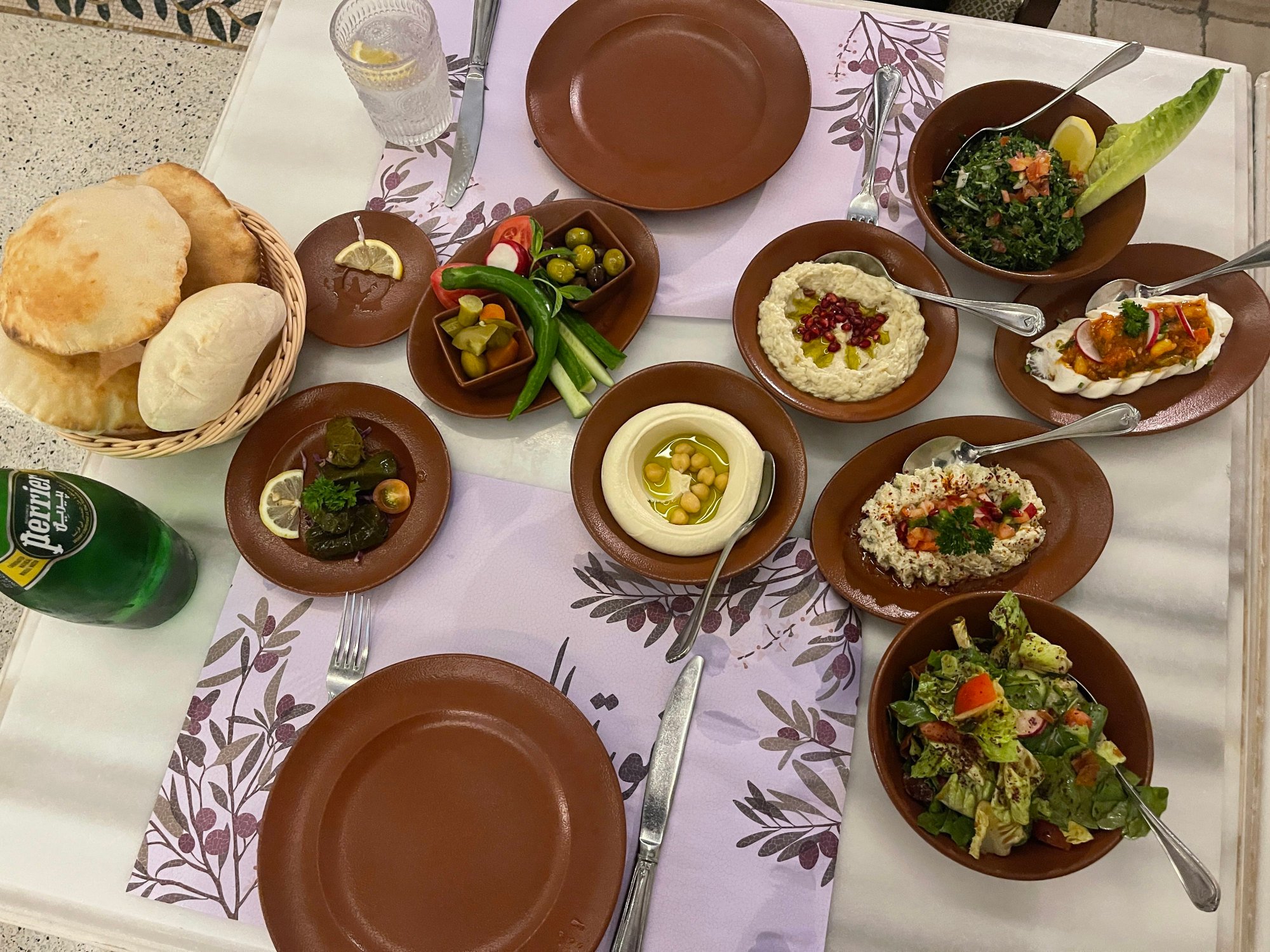
Our tip would be the unassuming Lebanese restaurant Bayt el Talleh. Atop a (man-made) hill, it has views over Katara Beach and Katara Cultural Village, and The Pearl, an artificial island and one of the largest property developments in the Middle East, but diners will probably be more wowed by the impeccable meze: smoky baba ganoush and sumac-dusted fattoush salad; stuffed vine leaves and creamy hummus, perfect with steaming hot pita.
And they’re just the starters. Next at this set-menu-only spot comes a mixed grill of charcoal-grilled lamb, chicken and beef, along with blackened onions and tomatoes, and coriander salad.
One thing football fans can probably agree on, no matter where they come from, is that it’s difficult not to love a great kebab.
Additional reporting by Agence France-Presse

